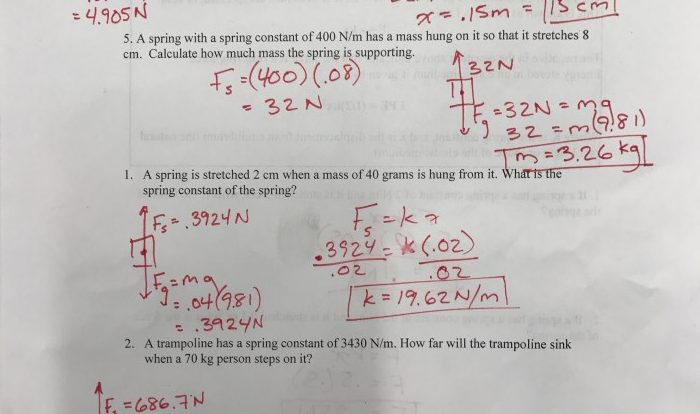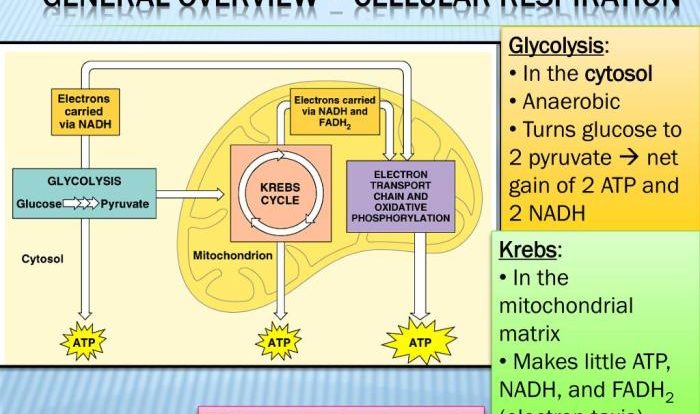Embark on a scientific odyssey with Evidence of Evolution Packet Answers, a comprehensive exploration into the irrefutable proof supporting the theory of evolution. From morphological and genetic evidence to fossil records and comparative anatomy, this resource unveils the compelling narrative of life’s remarkable journey.
Natural selection, adaptation, and molecular evidence converge to paint a vivid picture of how species evolve and adapt to their ever-changing environments. Comparative anatomy reveals the intricate connections between organisms, while molecular data provides a window into the genetic tapestry of life.
Evidence of Evolution
Evolution, the gradual change in the characteristics of a population over several generations, is a well-established scientific fact supported by a vast body of evidence. This evidence encompasses various fields, including morphology, genetics, and the fossil record.
Morphological Evidence
Morphological evidence examines the physical similarities and differences among organisms, providing insights into their evolutionary relationships. Examples include:
- Homologous structures:Structures with similar anatomical features but different functions, indicating a shared ancestry. For instance, the forelimbs of humans, bats, and whales exhibit homologous bone structures despite their diverse functions.
- Analogous structures:Structures with similar functions but different anatomical origins, indicating adaptation to similar environmental pressures. For example, the wings of birds and bats share the function of flight but have evolved independently.
- Vestigial structures:Remnants of structures that served a function in ancestral species but have become reduced or non-functional in descendant species. For instance, the tailbone in humans is a vestigial structure that was once a functional tail.
Genetic Evidence
Genetic evidence analyzes the genetic similarities and differences between organisms, providing further support for evolutionary relationships. Examples include:
- DNA sequence comparisons:By comparing the DNA sequences of different organisms, scientists can identify similarities and differences that indicate common ancestry and genetic relatedness.
- Molecular clocks:The rate of genetic change is relatively constant over time, allowing scientists to estimate the divergence time between different species based on the number of genetic differences.
li> Genetic drift:The random changes in allele frequencies within a population can lead to genetic differentiation between populations over time, providing evidence of evolution.
Fossil Records
The fossil record provides direct evidence of the changes in life forms over geological time. Fossils are preserved remains or traces of ancient organisms that offer insights into the evolution of species and the history of life on Earth. Examples include:
- Transitional fossils:Fossils that exhibit intermediate characteristics between ancestral and descendant species, providing evidence of gradual evolutionary change. For instance, the fossil record of the horse shows a series of transitional forms between small, three-toed ancestors to the modern one-toed horse.
- Stratigraphic order:Fossils are typically found in rock layers in a predictable order, with older fossils in lower layers and younger fossils in upper layers. This stratigraphic order provides a chronological record of evolutionary changes.
- Mass extinctions:The fossil record also reveals periods of mass extinctions, where large numbers of species disappeared from the Earth’s biosphere. These extinctions have played a significant role in shaping the course of evolution.
Adaptation and Natural Selection
Natural selection is the driving force behind the evolution of species. It is a process that favors individuals with traits that are better suited to their environment, allowing them to survive and reproduce more successfully. Over time, these advantageous traits become more common in the population, leading to the evolution of new species or the adaptation of existing ones.
Adaptations are traits that have evolved in response to environmental pressures. They can be physical, behavioral, or physiological and can range from simple changes in body shape to complex changes in metabolism. For example, the long necks of giraffes allow them to reach leaves high in trees, while the thick fur of polar bears insulates them from the cold.
Role of Genetic Variation, Evidence of evolution packet answers
Genetic variation is the raw material for natural selection. It is the presence of different alleles, or versions of genes, within a population. This variation arises from mutations, genetic recombination, and other sources. The more genetic variation there is in a population, the greater the potential for adaptation and evolution.
Comparative Anatomy and Homologous Structures: Evidence Of Evolution Packet Answers
Comparative anatomy involves studying similarities and differences in the anatomy of different organisms to infer evolutionary relationships. Homologous structures are those with similar anatomical structures and developmental origins but may serve different functions in different organisms, indicating a shared ancestry.
Table: Examples of Homologous Structures
| Organism | Structure | Function |
|---|---|---|
| Humans | Forelimbs | Manipulation, locomotion |
| Bats | Forelimbs | Flight |
| Whales | Forelimbs | Flippers for swimming |
| Birds | Forelimbs | Wings for flying |
Vestigial structures are homologous structures that have lost their original function over time due to evolutionary changes. They provide evidence of evolutionary relationships and the adaptation of organisms to changing environments.
Examples of Vestigial Structures
- Wisdom teeth in humans
- Pelvic bones in whales
- Hind limbs in pythons
Molecular Evidence
Molecular evidence plays a crucial role in providing support for the theory of evolution. By examining the similarities and differences in DNA and protein sequences across different species, scientists can infer evolutionary relationships and understand the processes that have shaped the diversity of life on Earth.
DNA and Protein Sequencing
DNA and protein sequences contain a wealth of information about an organism’s genetic makeup. By comparing these sequences between different species, scientists can identify regions of similarity and difference. These similarities indicate shared ancestry, while differences reflect evolutionary divergence. By analyzing these patterns, researchers can construct phylogenetic trees that depict the evolutionary relationships among different species.
Molecular Clocks
Molecular clocks are based on the assumption that the rate of genetic change is relatively constant over time. By comparing the DNA sequences of two species, scientists can estimate the amount of time that has passed since they shared a common ancestor.
This information can be used to calibrate phylogenetic trees and estimate the divergence times between different lineages.
Phylogenetic Analysis
Molecular data is also used in phylogenetic analysis, a method for reconstructing evolutionary relationships among different groups of organisms. By analyzing the similarities and differences in DNA and protein sequences, scientists can identify shared derived characters that indicate common ancestry.
This information is then used to construct phylogenetic trees that represent the branching patterns of evolutionary history.
Evolutionary History
The evolutionary history of life on Earth spans billions of years and is marked by major events that have shaped the course of evolution.
Timeline of Major Evolutionary Events
* 4.6 billion years ago (bya):Earth is formed.
3.8 bya
First evidence of life appears.
2.5 bya
Oxygen-producing photosynthesis evolves.
541 million years ago (mya)
Cambrian explosion, a period of rapid diversification of animal life.
252 mya
Permian-Triassic extinction event, the largest mass extinction in Earth’s history.
66 mya
Cretaceous-Paleogene extinction event, which wiped out the dinosaurs.
2.6 mya
First hominins appear.
Phylogenetic Relationships Among Organisms
The phylogenetic relationships among different groups of organisms can be illustrated using a phylogenetic tree, which represents the evolutionary history of a group of organisms. The branches of the tree represent different lineages, and the length of the branches indicates the amount of evolutionary change that has occurred along that lineage.
Role of Mass Extinctions in Evolution
Mass extinctions have played a significant role in shaping the course of evolution. By eliminating large numbers of species, mass extinctions create opportunities for new species to evolve and diversify. This process has been instrumental in driving the evolution of new and complex life forms on Earth.
FAQ Summary
What is the role of fossil records in providing evidence for evolution?
Fossil records provide a chronological sequence of organisms, allowing scientists to trace the changes and transitions in species over time.
How does natural selection contribute to the evolution of species?
Natural selection favors individuals with traits that enhance their survival and reproductive success, leading to the gradual accumulation of advantageous traits within a population.
What is the significance of homologous structures in evolutionary studies?
Homologous structures in different organisms indicate a common ancestry, providing evidence for the divergence of species from a shared evolutionary origin.

